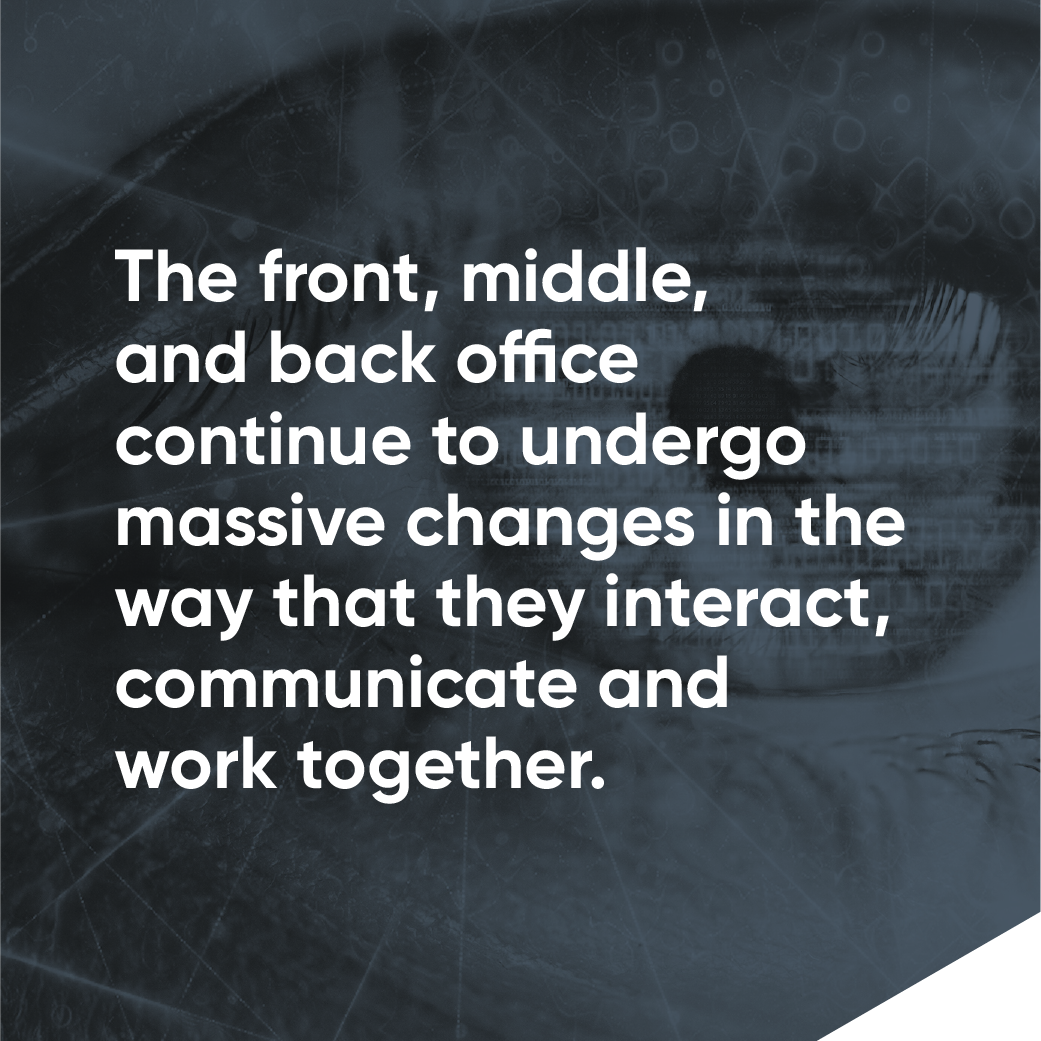The start of a new year is always an exciting time to look ahead at what can be and to reflect on what has been. Sometimes we are compelled to look beyond the year coming up and instead reflect on more than the year past.
These days, I find myself reflecting on the progress that the global investment management industry has made over the last 25+ years, with making viable investments available to everyday people to help them grow their assets and save for the future.
 That timeframe of reflection comes easy to me as over 26 years ago I started learning what this industry was all about.
That timeframe of reflection comes easy to me as over 26 years ago I started learning what this industry was all about.
Starting at State Street doing fund accounting and custody work in the mid-1990s, into the 2000 teens running large fund administration teams and now, at Confluence, focusing across the entire front, middle, and back office spectrum, I have been lucky enough to see a LOT.
Upon reflecting, it is interesting to think about how different things are today while at the same time how little has changed and what is happening today to transform the industry as a whole.
I don’t think that I talk to people in the front, middle, and back office today more just because I have more confidence than I did as a 20 something-year-old, or more experience, or that I work at a company that is interested in solving problems across the investment lifecycle.
I remember meeting with my custody and accounting teams back in the late 1990s to talk about how we could impact the way that certain data was presented on trades that were sent to us by our client and developing a knot in my stomach that I would have to talk about something so operational to people whose primary job it was to invest money, grow funds, and drive higher returns.
I remember when I worked at Deutsche Bank in the early 2000s wondering if the fund accounting team there had any appreciation for the tireless reconciliation work that was done by the middle office group on a daily basis to identify exceptions in the accounting book of records (ABOR) or the investor book of records (IBOR) that might impact the way that a fund operates. Today, things are different than they were then, but we have a long, long way to go.
Whether we are talking about operational efficiencies, data accuracy, reduction in technology costs, or a better customer experience, the front, middle, and back office teams across the global investment management industry are on a journey together.
I am excited to be here to see, and be part of, the lasting and permanent improvements these teams make in this industry.
I hope that five, ten or 15 years down the road I can look back on this blog and remember fondly the cultural changes that were afoot that helped us get to a state of utopian data accuracy and process efficiency all for the benefit of the end shareholder.
Our industry is dependent on it and us to make it happen.
{{cta(‘84239b14-6c16-4304-863b-fc00aaaf6a7a’)}}
Disclaimer: The information contained in this communication is for informational purposes only. Confluence/StatPro is not providing, legal, financial, accounting, compliance or other similar services or advice through this communication. Recipients of this communication are responsible for understanding the regulatory and legal requirements applicable to their business.